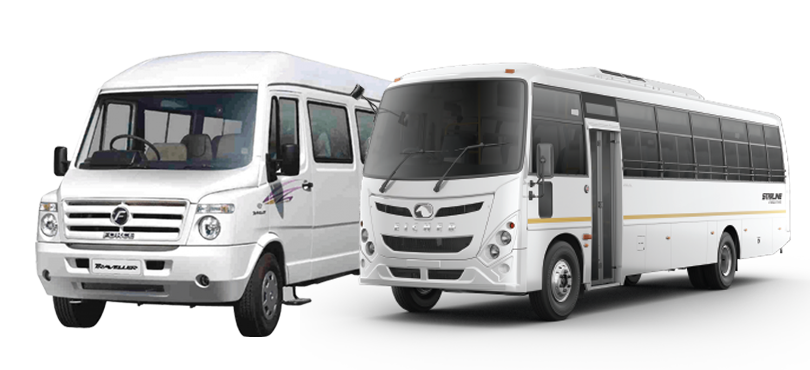About us
Ranthambore National Park is situated 14 kms from Sawai Madhopur district of eastern Rajasthan in India. The Park derives its name from the Ranth-ambhor Fort situated within its precincts. The Park is surrounded by the Vindhyas and Aravalis hill range. By the turn of the century the Ranthambore forests had become the private hunting reserves of the Maharaja of Jaipur and Sanctuary establishes in the year 1955 by the Indian Government & was declared as Project Tiger reserves in the year 1973.It acknowledged National Park in the year 1980 & later in the year 1991 the Ranthambore Tiger Reserve was enlarged to include Sawai Man Singh & Keladevi sanctuaries, total area was 1334 km. and bound by the Chambal River in the south and Banas in the north. In 2006, Ranthambhore Tiger Reserve (RTR) was approximately 1394 and later on forest department has enlarged including core and buffer area thus it is approx 1410.64 sq km. Across the river Banas, lies the Keladevi sanctuary, while the Sawai Man Singh sanctuary lies to the south of the Park.
Ranthambhore is virtually an island rich in flora and fauna, extend more than an area of 392 sq. kms. of deep forest with canals and waterfalls. The plants of the park is the tropical dry deciduous and tropical spike type. Due to its hilly path, water is limited to narrow valleys and quite a few lakes.There are some lakes in the park which is known as The Padam Talab, the Raj Bagh Talab and the Malik Talab in the area. Ranthambore National Park is probably the best place in the world to see wild tigers and also considered to be the best place in the world for photography of the tiger in its only dry deciduous natural habitat. It is a home for different kinds of animals.
The herbivorous population includes chital, sambar, blue bull and chinkara.Samabr deer is the pride of park. There is no park in Asia, where these largest of all Asiatic deer can be seen so frequently during the day time. Wild boars and langurs are common scene , Among the reptiles, crocodiles can be seen basking in the sun near the lake. Other carnivores in the park include leopard, hyena , jackal, caracals, jungle cat ,rattle and the tiger is the biggest attraction of the park. There are more than 300 varieties of birds in Ranthambore National Park.
 Flora
Flora
The Ranthambore National Park is covered by dry deciduous type of vegetation and has about 300 species of trees and plants, with the Dhok (Anogeossis pendula) dominating the vegetation. The flora of this natural place consists of Tamarind (Tamarindicus indica), Babul (Accasia nilotica), Mango (Magnifera iIndica), Banyan (Ficus benghalensis), Dhak or Chila (flame of the forest), Ber (Zizyphus mauritania), Kadam (Authocephalus cadamba)Date (Phoenix sylvestris), Khair (Accacia catechu), Kakera (Flacourtia indica), Mohua (Madhuca indica), Karel (Capparis decidua), Neem (Azadirachta indica) etc.
Fauna
The wildlife consists of leopard, wild boar, nilgai, sambar, sloth bear, striped hyena, southern plains gray langur, rhesus macaque and chital.
The different amphibian species include the common frogs and the Common Indian Toad. The varied species of reptile include Marsh Crocodiles, Desert Monitor Lizards, Banded and common Kraits, the Indian Chamaeleon Soft Shelled Turtles, North Indian Flap Shelled Turtles, Tortoise, Rat Snakes, Cobras, Russel's Vipers, Indian Pythons and the Saw-scaled Vipers.
Hotels in Ranthambore
The Tigress
RTDC Hotel Vinayak
Ranthambhore National Resort
Sher Vilas
Ananta Palace
Ranthambhore Heritage Haveli Resort, and many more.
Best Time to Visit
The best time to visit this national park is between October and June. The park remains closed rest of the months.
How to Reach Ranthambore
Ranthambore is one of the foremost wildlife destinations in India. The national park at Ranthambore boasts of a variety of species of birds and animals but the prime attraction is of course the tiger. The lure for watching tigers in their natural habitat remains the biggest draw for tourists from across the world.
Ranthambore National Park is located on the edge of sleepy little village of Sawai Madhopur, which serves as the gateway to reach Ranthambore. So, once you have reached Sawai Madhopur, be assured that Ranthambore is only some 15km away.
By Air
The nearest airport is in Jaipur, which is only a four-hour-drive from Ranthambore. Jaipur is an important domestic airport, linked to the major cities like Delhi and Mumbai.
By Road
The nearest township of Sawai Madhopur is only 15km away from Ranthambore. One can reach Sawai Madhopur from Delhi, Jaipur or Agra.
By Train
The nearest railhead from Ranthambore is Sawai Madhopur. Many important trains service this station linking it to cities like Jaipur and Delhi.




